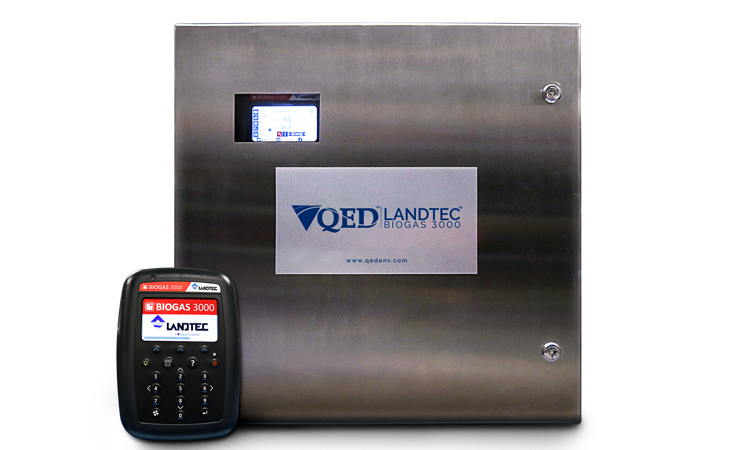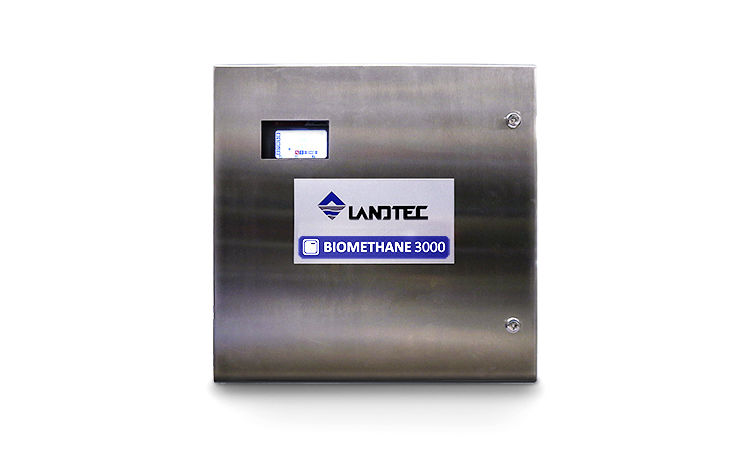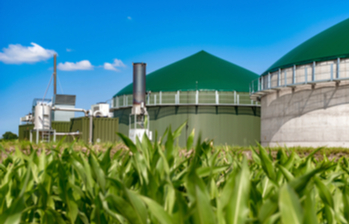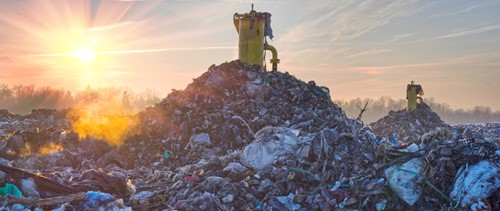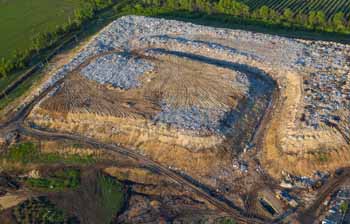What is gas flaring?
A gas flare is a product of several industrial operations, including wastewater treatment, landfill gas production, oil and gas recovery, and petrochemical processes. Although using a gas flare to produce heat and electricity may be economically feasible in large quantities, doing it sometimes may not be the most cost-effective course of action. It is a common yet contentious method of getting rid of extra gas.
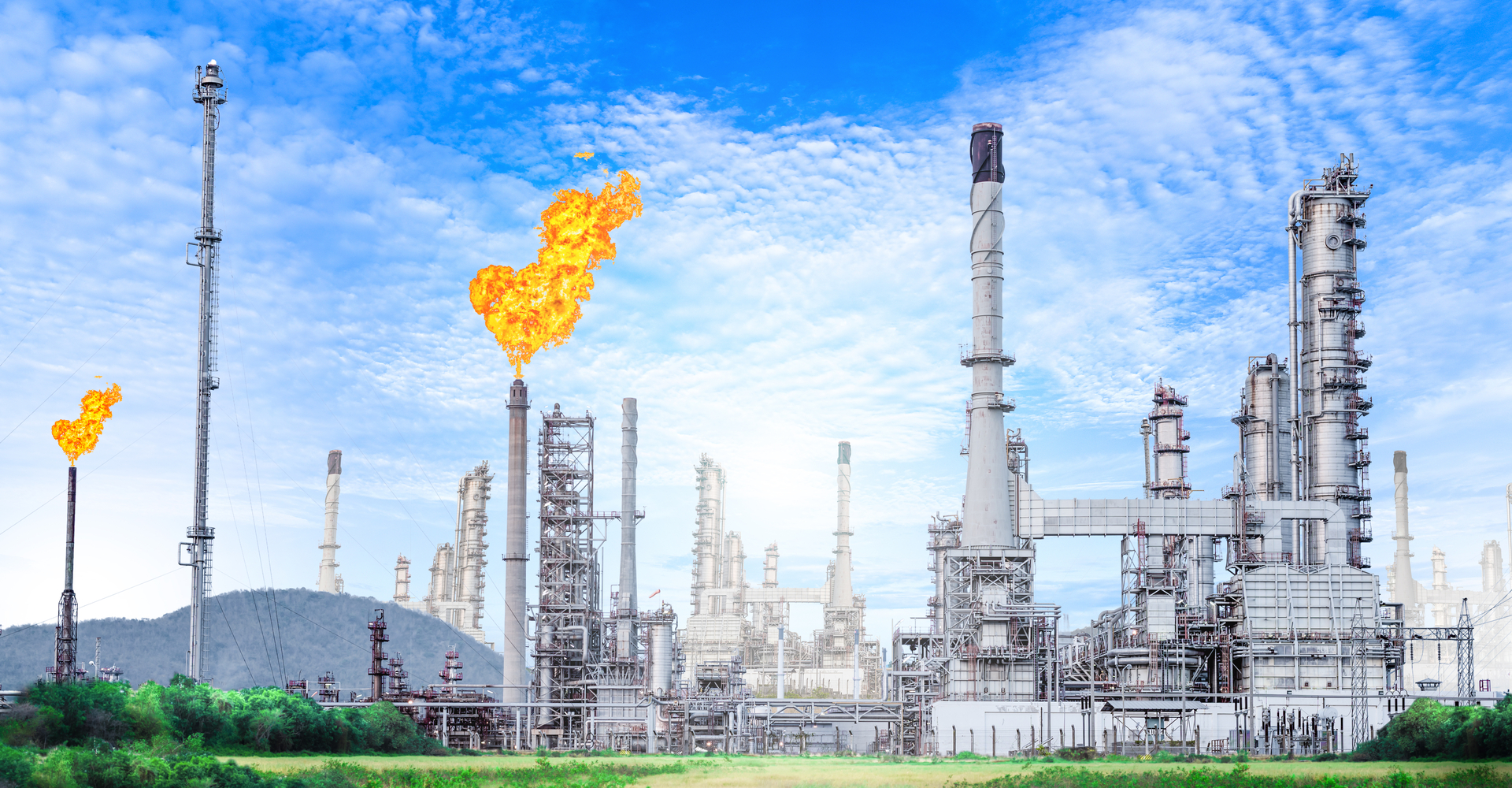
Safety reasons
Flaring may be necessary for safety reasons. Extremely high and fluctuating pressures must be managed during the extraction and processing of oil and gas. An explosion could occur during the extraction of crude oil if there is an abrupt or significant rise in pressure. Even though they are uncommon, industrial accidents involving oil and gas can cause fires that are devastating, deadly, and difficult to put out. By burning any extra gas, gas flaring enables operators to depressurize their machinery and control huge, unpredictable pressure variations.
Economic and technical reasons
Oil fields are frequently found in inhospitable locations that are difficult to reach. Transporting related gas to processing and utilization facilities may be logistically and financially expensive as a result. Additionally, extracting and utilizing the associated gas is sometimes seen as being prohibitively expensive when oil production locations are small and distributed across a vast geographic area. The related gas is often flared in these situations.
The local geology will occasionally allow the gas to be conserved by re-injection back into the reservoir in cases where it cannot be used. However, despite recent technical advancements, this is not always possible.
Regulatory reasons
It is both technically and economically possible to catch and use associated gas in some circumstances. However, a nation's laws and regulations may make it challenging for businesses to sell related gas or even outright prohibit it. For instance, a business might have obtained the right to extract oil, but it might not be the owner of the related gas created during the extraction.
Furthermore, laws that penalize businesses for flaring gas may not always be successful in stopping the practice, especially if flaring and paying a fine is more profitable than capturing the gas and selling it. In order to put an end to frequent flaring and ensure that the related gas is utilized for useful purposes, GGFR collaborates with governments to assist develop the appropriate legislation and regulations.
How does gas flaring affect the environment?
Around 144 billion cubic meters of gas were burned by thousands of gas flares at oil-producing facilities throughout the world in 2021. Each cubic meter of associated gas flared produces roughly 2.8 kilos of CO2-equivalent emissions, or more than 400 million tonnes of CO2-equivalent emissions yearly, assuming a "normal" associated gas composition, a flare combustion efficiency of 98%, and a methane GPP of 25. Due to the flare's inefficiency, methane emissions are produced, which significantly contributes to global warming. This is especially true in the short to medium term since, according to the Intergovernmental Panel on Climate Change, methane has a warming effect over a period of 20 years that is almost 80 times greater than that of carbon dioxide.
Black carbon, also referred to as soot, is another pollutant emitted by gas flares in addition to these GHG emissions. Although black carbon only stays in the atmosphere for a few days or weeks, it may have the second-largest warming effect after carbon dioxide. Black carbon is created when fossil fuels burn incompletely. Black carbon deposits are thought to speed up the melting of snow and ice in the Arctic, where this is of particular concern.
Why monitor and analyze the gas going to the flare?
Countries that follow or have to comply with EPA regulations which states that continuous measurement of the flaring system has to be made and reported upon. This detail has to be recorded and reported. Rules are such that the flare has to operate at 1000 `C, and measurement of three gasses are critical to the EPA compliance reporting CH4, O2 and CO2 The flare will just about operate at a minimum of 20% CH4 anything below then there will be an issue with the flare staying alight but the temp must remain at 1000`C. to do this you then need flow to compensate the CH4 reduction.
What benefits will I get?
Compliance with EPA regulations and ensuring the quality of gas to the flare is monitored
How do I do it?
Operators opt for fixed in line systems that measure continuously on a single sample point. These systems connect via industry standard protocols to the operators control systems housed on site.

